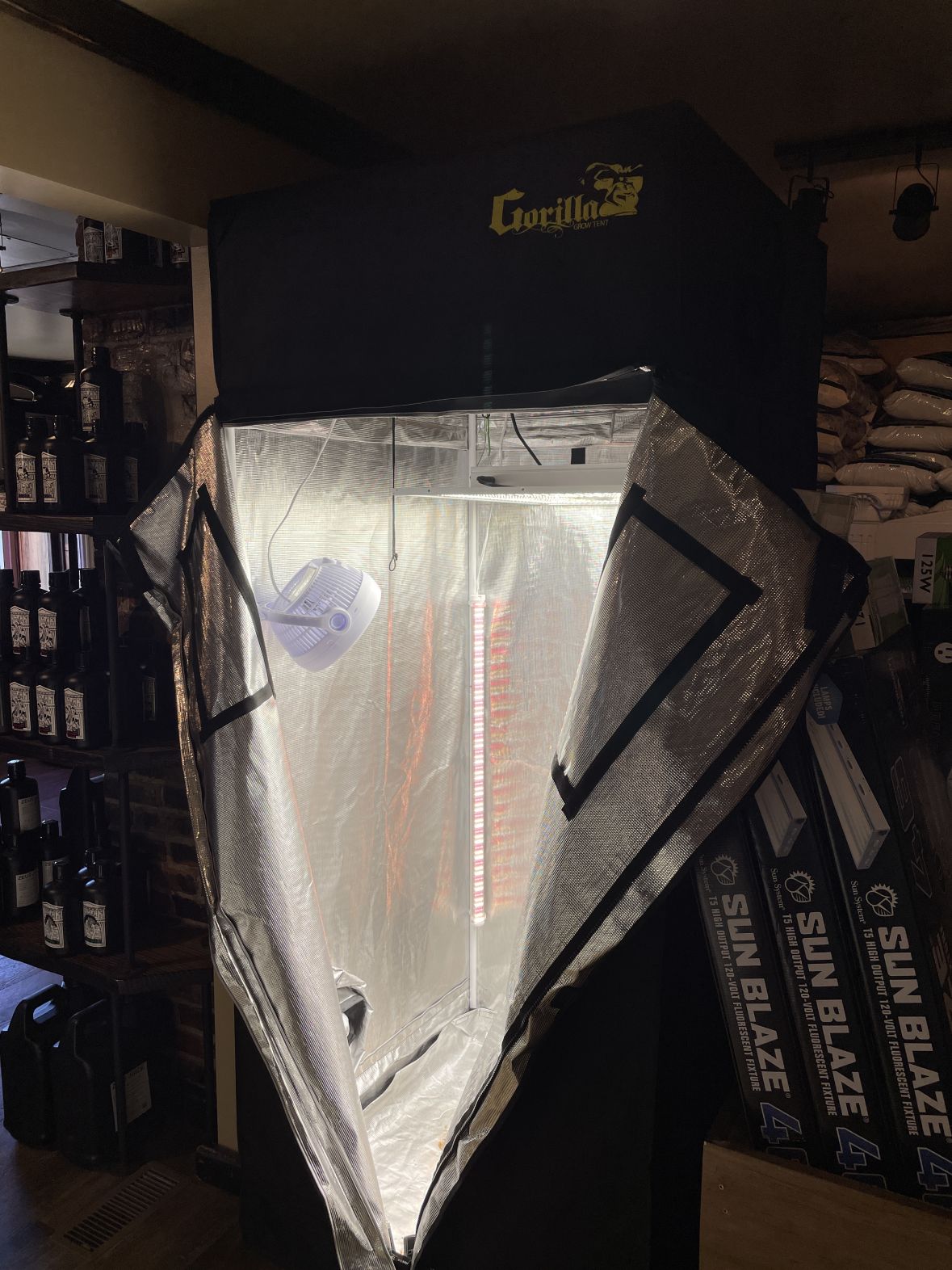Unlocking the Prospective of Hydroponics: Recognizing Its Utilizes and Different Types
Hydroponics, a method of growing plants without soil, has actually garnered enhancing attention for its potential to change farming and gardening practices. As we navigate through the elaborate landscape of hydroponic systems and methods, it comes to be obvious that each method holds distinct benefits and constraints.
Benefits of Hydroponic Equipments

One more advantage of hydroponic systems is the ability to expand plants in a smaller sized room. Hydroponic systems minimize the threat of soil-borne illness and parasites, as there is no dirt to harbor these hazards.
Typical Uses in Farming

Offered the efficient water conservation and space-saving advantages of hydroponic systems, it is obvious that these innovative agricultural methods have found typical usages in various industries of farming. The regulated atmosphere of hydroponic systems makes it possible for year-round growing, offering a regular supply of fresh produce regardless of external weather conditions.
Hydroponics is typically made use of for expanding a variety of crops, consisting of leafy eco-friendlies, tomatoes, cucumbers, natural herbs, strawberries, and peppers. In addition, hydroponic systems are made use of in research and academic setups to study plant farming, development, and nourishment methods.
Discovering Various Hydroponic Techniques
What are the different ingenious techniques used in hydroponics to boost plant cultivation effectiveness and generate? Hydroponic systems provide a variety of methods that deal with different plant kinds and farming goals. One preferred method is the Deep Water Culture (DWC) system, where plant origins are immersed in a nutrient solution, supplying ample oxygen and nutrients. Another widely made use of method is the Nutrient Film Method (NFT), which involves a shallow stream of nutrient solution moving over the plant roots, promoting water and nutrient uptake. In addition, the Ebb and Circulation system, also referred to as the Flooding and Drain system, periodically floodings the plant origins with nutrient service, enabling oxygenation throughout draining durations. Aeroponics is another sophisticated technique that entails misting plant roots with a nutrient solution, making the most of oxygen absorption and nutrient uptake. Each of these techniques showcases the convenience and performance of hydroponic systems in boosting crop growth and yield.
Contrasting Various Hydroponic Equipments
Discovering the effectiveness and return enhancement methods in hydroponics leads us to contrast different hydroponic systems readily available for crop growing. Each hydroponic system has its distinct features, advantages, and limitations, making it essential for growers to choose one of the most ideal system based on their particular needs and constraints.
One of one of the most typical hydroponic systems is the nutrient film technique (NFT), where a thin movie of nutrient solution constantly moves over the plant origins. This system is valued for its water effectiveness and suitability for growing leafed greens and natural herbs. On the other hand, the deep water culture (DWC) system submerges plant roots straight right into the nutrient remedy, giving enough oxygen and nutrients. The DWC system is cost-efficient and fairly basic, making it a preferred selection for beginners.
An additional preferred hydroponic system is the ups and downs (or flood and drain) system, which periodically floods the plant roots with nutrient option before draining it. This cyclic process makes certain correct aeration for the roots while supplying nutrients effectively. Additionally, the aeroponic system puts on hold plant origins airborne and hazes them with a nutrient remedy, promoting fast development and high oxygenation degrees. Growers searching for a flexible system that decreases water use typically go with aeroponics. By recognizing the distinctions between these hydroponic systems, cultivators can make educated choices to optimize crop return and high quality.
Developments in Hydroponic Innovation
One essential advancement is the advancement of clever hydroponic systems that utilize sensing units and automation to keep an eye on and change environmental problems such as pH levels, nutrient focus, and these details light exposure in real-time. These systems enable specific control over growing problems, leading to optimal plant development and higher plant returns.
One more noteworthy improvement is the combination of upright farming techniques with hydroponic systems, permitting the farming of crops in stacked layers. This vertical technique makes best use of room usage, making it excellent for city atmospheres where land accessibility is limited - The Indoor Earthworm. Additionally, the use of innovative LED lighting systems customized to details plant demands has boosted power effectiveness and boosted development rates in hydroponic setups
Technologies like these are driving the advancement of hydroponics, making it a extremely appealing and sustainable alternative for modern agriculture.
Final Thought
In conclusion, hydroponics provides many advantages in farming and has different strategies and systems that can be utilized to optimize its capacity. Innovations in hydroponic technology remain to improve performance and sustainability in food production. By comprehending the uses and different kinds of hydroponic systems, growers and farmers can unlock the complete capacity of this cutting-edge method of growing plants without soil.
Furthermore, hydroponic systems enable for better control over nutrient levels, pH balance, and environmental conditions, leading to much healthier plants and greater yields.
